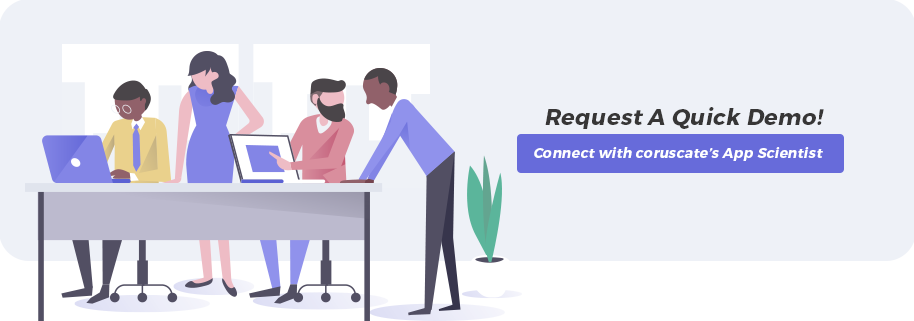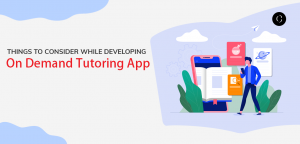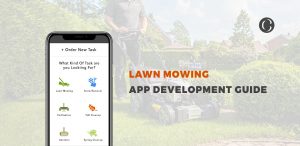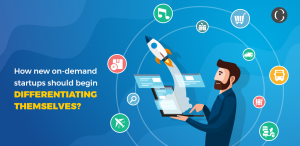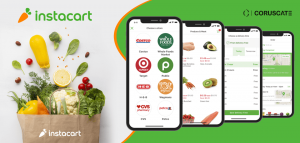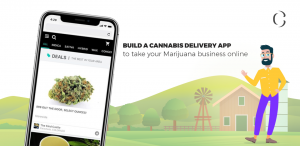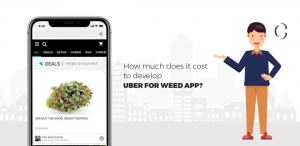An ultimate guide to developing a successful ed-tech website/app step #2: Identify the potential user base and build a system accordingly
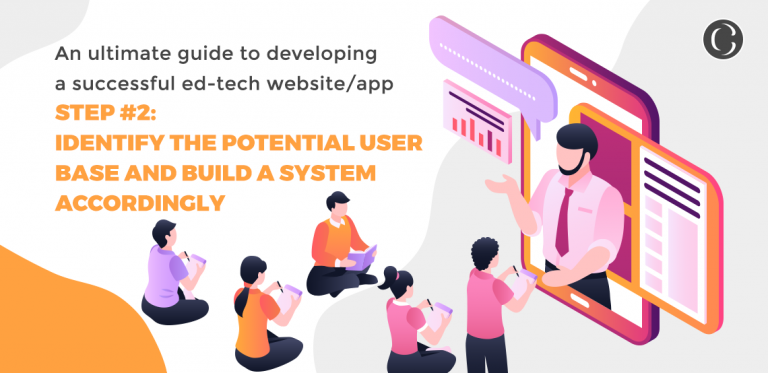
Note: You are reading 5 steps to make an ed-tech app. In-case if you missed step-1, read here.
E-learning is a new reality of education. Traditional educational institutions like schools, colleges, universities, and even corporate training departments are adopting digital reality from using online platforms to leveraging VR/AR for training.
The first step towards building an effective virtual platform is Design Thinking. It is a problem-solving approach, used in many industries to develop creative solutions.
Creative optimism is well-needed in the education industry, so it requires new mindsets, new tools, and new approaches to come up with a better solution.
(16-point capability framework)
(Source: HolonIQ)
Here are the steps to follow the Design Thinking, so by the time you launch your solution, it will be AMAZING :
Step #1: Spend enough time to know about your potential users
At first, define for whom you want to design a platform, and then get to know them by:
- Observe:
How they are living, working, and what they value, etc. How they respond, in the setting you want to design for as well as in other similar and different situations.
- Plunge:
Walk-in your users’ shoes until you experience the firsthand challenges that they face.
- Interview them:
Listen to their stories and figure out how they experience the challenges and opportunities. Focus on feelings in addition to facts, and listen beyond what you hear directly
Step #2: Define and analyze the user problem
- Define the problem from the users’ perspective.
- Identify the underlying cause of a problem and try to solve that. If you come up with the solution, without understanding the true nature of the problem, it is less likely to matter.
Step #3: Analyze the similar platforms
- Study the similar platforms that are the most popular among e-learners and try to find out their strengths and weakness.
- Analyze what kind of content they are offering and what they lacking in deliver the users.
Step 4: Prototype & Test
- Ignore feasibility at this stage as the best way to get a good idea is to generate a lot of ideas.
- To come up with Wide-ranging ideas, embrace radical collaboration. Unleash your creativity.
- The perfect way to get feedback on your idea is to let someone experience your solution.
Different types of Ed-tech system:
Ed-tech is not a new-born concept. Earlier, we used to deliver it through the computers, FDs, multimedia CD-ROMs, or interactive video-disks. Most recently, web technology and m-learning are trending in ed-tech.
Ed-tech has many types of learning systems. Each of them can be helpful for certain groups of people, so choose wisely according to your userbase. Let’s understand about each system in-depth:
Learning web-sites:
- This platform offers courses from various providers, just like the virtual storefront.
- An author can submit their courses on it, and registered users will get access to courses available. Examples of this type of platform are edX, Udemy, Coursera, etc.
- It is also possible to make a specialized learning site relevant to your business niche.
Learning Management System:
- It allows users to develop and host online courses. It also helps you manage (create, change, assign students and grades them, etc.) online courses.
- Today, most of the LMS providers aim at corporate learning and development. Commercial systems are mostly for internal training, except for a few, which have extended features for external audiences.
- However, open-source learning management systems are easy to set up and are customizable. Examples are Open edX, Moodle, Sakai, etc.
Student Information System:
- New EdTech solutions automate many administrative functions of schools/colleges.
- SIS makes it easy to manage day-to-day activities of the classroom, such as student admissions, attendance records, and keep the record of student’s academic progress.
- Examples of SIS are PowerSchool and Banner.
Web conferencing software:
- It is the best solution for online meetings, web-conferencing, e-training -particularly on TCP/IP connections, one to one tutoring, and online lectures.
Custom-built learning platform:
- You can build a system from scratch, meeting the requirements of your business.
- You will have full control over the system and its customization.
- An example of such a system is HBX, a custom system built for Harvard Business School, which delivers high-end business certificate courses.
Thank you to invest your time reading this step, we respect your ed-tech app idea and you must know that research is the most important task for you and that covers in our Step 3 Create a Minimum Viable Product by the time you have a complete understanding of your target audience.
We are active right now to give you a live project demo in case you want to skip step 3. Click ?? below and request a demo.
